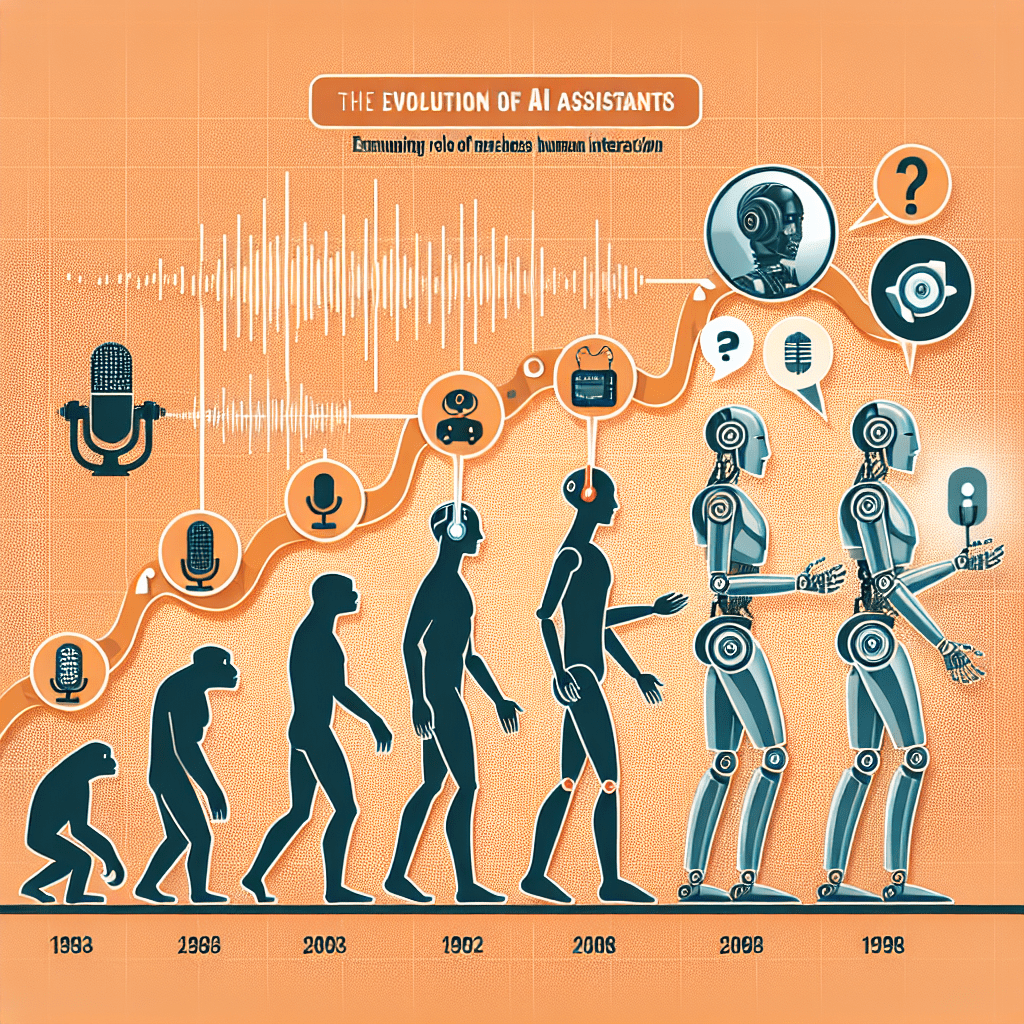Over the past few decades, the field of artificial intelligence has made great strides, particularly in the development of AI assistants. These digital companions are designed to help users with a variety of tasks, from answering questions to providing directions. In this article, we will explore the evolution of AI assistants, from the early days of Siri to the more advanced humanoid robots like Sophia. We will also examine the role of machines in human interaction and how AI assistants are reshaping the way we interact with technology.
The Rise of AI Assistants
The concept of AI assistants dates back to the 1960s, when researchers began to explore the idea of creating intelligent machines that could perform tasks traditionally carried out by humans. However, it wasn’t until the late 2000s that AI assistants began to gain mainstream popularity, with the launch of Apple’s Siri in 2011. Siri was one of the first AI assistants to use natural language processing to understand and respond to user commands, paving the way for other digital assistants like Amazon’s Alexa and Google Assistant.
From Voice Assistants to Humanoid Robots
While voice assistants like Siri and Alexa have become commonplace in many households, the field of AI has also seen the development of more advanced humanoid robots like Sophia. Created by Hong Kong-based Hanson Robotics, Sophia is capable of holding conversations, making eye contact, and even expressing emotions. Sophia represents the next frontier in AI technology, blurring the lines between man and machine and raising important questions about the future of human-machine interaction.
The Role of Machines in Human Interaction
As AI technology continues to advance, the role of machines in human interaction is becoming increasingly important. AI assistants like Siri and Alexa have already changed the way we interact with technology, enabling us to perform tasks more efficiently and access information more easily. However, as AI becomes more sophisticated, there are concerns about the potential impact on human jobs and relationships.
Some experts believe that AI assistants have the potential to enhance human capabilities and improve our quality of life, while others worry that they could lead to job displacement and social isolation. As machines become more human-like in their interactions, we must carefully consider the ethical implications of integrating AI into our daily lives.
Conclusion
From Siri to Sophia, AI assistants have come a long way in a short amount of time, revolutionizing the way we interact with technology and each other. As we continue to develop AI technology, it is important to consider the ethical and social implications of our creations and ensure that they are used in a responsible and thoughtful manner. The future of AI assistants is bright, but it is up to us to guide their development in a way that benefits society as a whole.
FAQs
What is the difference between AI assistants and humanoid robots?
AI assistants are digital companions that help with tasks like answering questions and providing information, while humanoid robots like Sophia are physical embodiments of AI technology that can interact with humans in a more lifelike way.
How do AI assistants like Siri and Alexa work?
AI assistants like Siri and Alexa use natural language processing and machine learning algorithms to understand and respond to user commands. They are constantly learning and improving their capabilities over time.
What are some potential benefits of AI assistants?
AI assistants have the potential to make our lives easier by helping us with tasks like scheduling appointments, setting reminders, and accessing information quickly. They can also be used to improve efficiency in business settings and provide assistance to people with disabilities.
Quotes
“The real question is not whether machines think but whether men do.” – B.F. Skinner
#Evolution #Assistants #Siri #Sophia #Examining #Role #Machines #Human #Interaction


